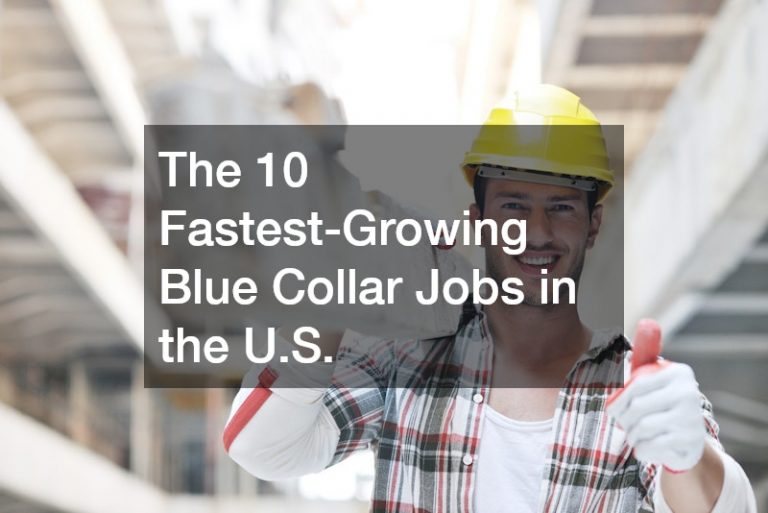If you’ve ever been to the dentist in the United States, chances are you’ve been left wondering why dental care is so expensive. The average cost can go from $245 to $313 annually. If surgeries are included, this can go as high as $2,000.
The costs associated with even basic procedures can be daunting, and many people cannot access the care they need due to the high price tag. So why is dental care so costly, and what can we do about it? Here’s a closer look at this issue.
The Cost of Doing Business
One of the primary factors contributing to high costs is that running a dental practice is expensive. From purchasing and maintaining equipment to hiring qualified staff, dentists have plenty of overhead expenses that must be covered to stay in business. Additionally, dental insurance often does not cover all of a patient’s expenses, meaning that dentists may not receive compensation for their services until months after they have been provided. This lag time adds additional costs that must be passed on to patients for dentists to stay afloat financially.
The Cost of Compliance
Another factor is driving up prices in compliance with state and federal government regulations regarding dental office health and safety standards. For example, dentists must adhere to OSHA safety standards when disposing of hazardous waste materials like syringes or amalgam fillings—and these standards come at an added cost for practices. Additionally, private insurance companies often require extra paperwork from dentists before they will reimburse them for procedures performed on their clients—yet another fee that must be passed on to patients in some way or another.
The Cost of Accessibility
Finally, there is the issue of accessibility—or lack thereof—in many parts of the country where there is a shortage of qualified providers able and willing to perform necessary procedures at an affordable rate. As with any service-oriented industry, if there is limited competition, then prices tend to go up; this holds for dental care and other forms of healthcare, such as eye doctors or chiropractors. In addition, in rural areas, people may have to travel long distances just to access essential services because local providers may not exist or have already reached capacity with existing patients.

Technologies For Cheaper Dental Care
Dental care can be expensive here in the United States; however, understanding why it costs so much can help us make better decisions. Thankfully, there are now technologies making dental care much cheaper. Here are some of those technologies.
Digital Imaging Technology
One of the most important developments in dental technology over the last few years has been digital imaging technology. Instead of traditional x-rays, dentists now use digital imaging technology to quickly and accurately diagnose problems with teeth and gums. This technology is much faster than traditional x-rays so patients can get accurate diagnoses in less time—and at lower costs.
3D Printing Technology
Another exciting development in dental technology is 3D printing technology. 3D printing allows dentists to print all orthodontic appliances, eliminating costly laboratory visits. One of the essential appliances is tooth implants. These implants used to take weeks to make and cost hundreds of dollars. With 3D printing technology, patients can get the same quality implants in much less time and for much lower costs.
Additionally, 3D printing technology offers greater accuracy than traditional methods, which means that patients can have confidence that their prosthetics will fit perfectly and be comfortable when they leave the dentist’s office.
Telemedicine
The pandemic has made it hard for people to access essential services, including dental care. Telemedicine offers a solution for those unable or unwilling to visit their dentist in person. Through telemedicine, dentists can diagnose and treat many conditions remotely via video conferencing software, eliminating the need for office visits. Additionally, insurance plans often cover this technology, so it can be an affordable option for patients looking for quality dental care without breaking the bank.
Robotic Assistance Technology
Finally, robotic assistance technology makes it easier and more efficient for dentists to perform specific procedures such as root canals or fillings. Robotic assistance technology uses sophisticated algorithms to guide a robotic arm through complex procedures more accurately than ever before—reducing patient discomfort and costs for procedures like root canals or fillings.
The cost of dental care may seem daunting at first. However, understanding why it costs what it does can help us make more informed decisions about our oral health needs. Additionally, with new technologies emerging every day, cheaper options are now available that make accessing quality dental care more accessible and more affordable for people.











